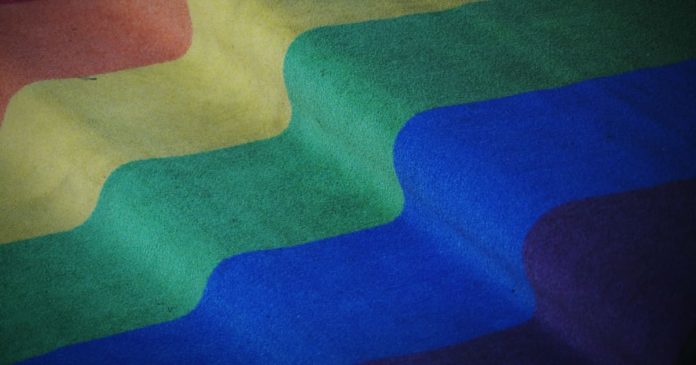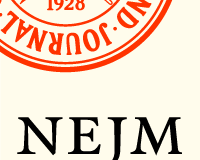
It’s not easy being a teenager. Teens have to cope with the often chaotic onset of physical, psychological and emotional changes. For teens in high school, there’s the added pressure to perform academically. LGB (lesbian, gay, bisexual) high school students face additional stress factors, including stigma and discrimination due to their sexual orientation and gender identity.
A group of medical students at the Herbert Wertheim College of Medicine wondered if LGB high schoolers were more likely to use illicit substances.
“Studies have demonstrated a disparity in sexual minority adolescents and substance use, possibly due to factors contributing to minority stress,” said Juan Oves, a fourth-year medical student. “We set out to investigate the association between self-identifying as lesbian, gay or bisexual and illicit substance use compared to those who identify as heterosexual.”
As part of a medical school research course, Oves and classmates Jessica Fernandez and Roberto Gonzalez (with the help of HWCOM research staff) performed secondary data analysis of the Youth Risk Behavior Survey (YRBS). The survey has been administered to youth in grades 9 through 12 biennially since 1991. The most recent data is from 2017 and includes more than 12,000 adolescents attending public and private U.S. high schools. The YRBS asked students to identify as heterosexual, gay or lesbian, bisexual, or unsure. Illicit substances probed included marijuana and cocaine, among others.
“Our data revealed that high school students who identified as bisexual or “not sure” of their sexual identity were more likely to use illicit substances than their heterosexual counterparts,” said Oves. The HWCOM data study was recently published in the Journal of Adolescent Health.
Participants who identified as bisexual were 1.65 times as likely to use illicit substances than heterosexual high school students. Those who identified as “not sure” of their sexual identity were 1.37 times as likely. There were not enough replies among the gay and lesbian students to reach a scientifically significant conclusion.
Oves hopes this and other studies that have reported a similar association leads to further research and a better understanding of the health disparities associated with sexual and gender identity.
“We need to start shaping the way we practice medicine to address factors influencing the health outcomes of LGBT youth.”
The HWCOM data study revealed some interesting secondary findings. Most notably that cigarette and alcohol use each had a statistically significant association with illicit substance use.








